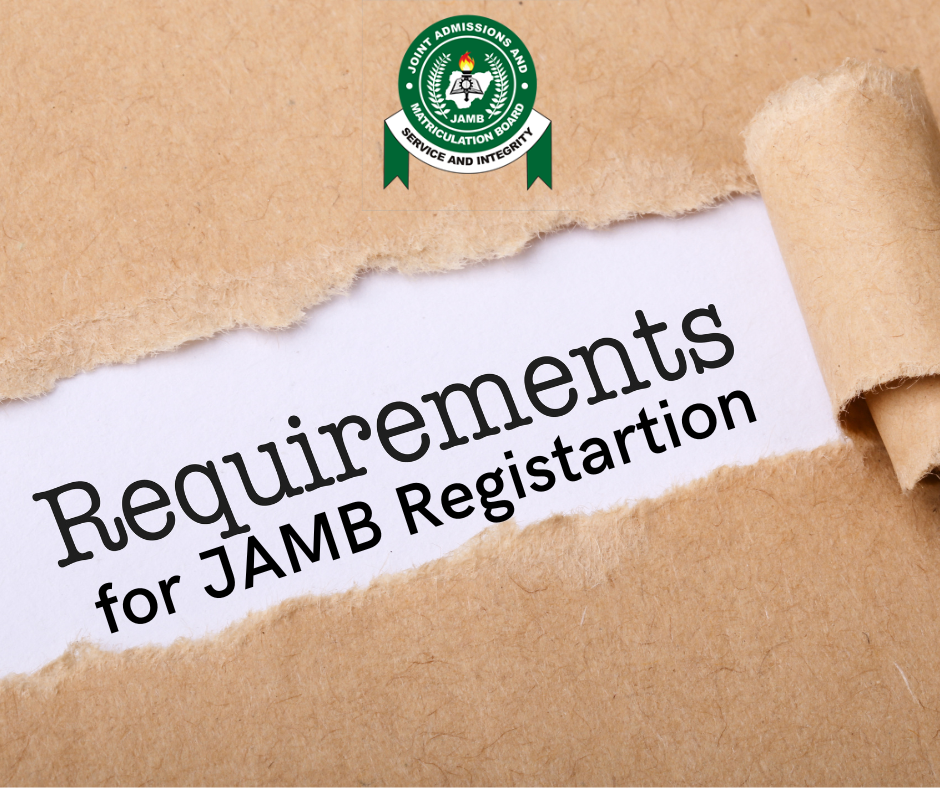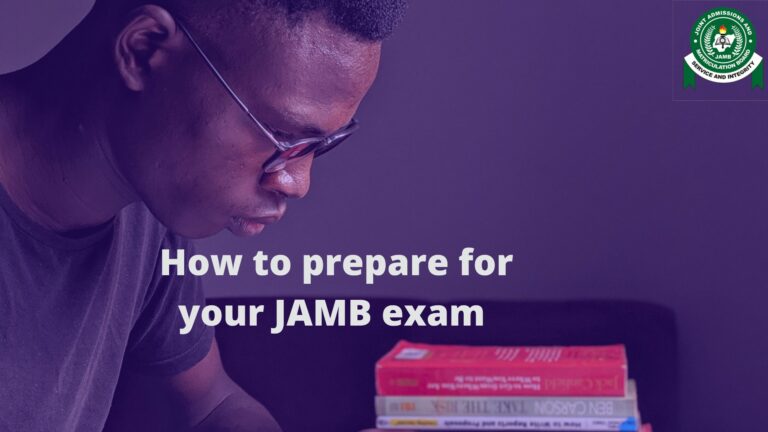After JAMB registration, What next?
The processes that come after JAMB registration are the most important parts of the buildup to the eventual admission of JAMB candidates.
JAMB is the apex body that is responsible for admitting eligible Nigerians and foreigners alike into Nigerian higher institutions. The board organizes an annual examination called the unified tertiary matriculation examination (UTME).
To sit for the JAMB UTME examinations in Nigeria, every higher institution aspirant in Nigeria must register for JAMB. JAMB registration makes aspirants eligible to compete for a place in Nigerian higher institutions.

The road of every student who’s studying in Nigerian universities, colleges, or polytechnics cannot be complete without them scaling the hurdle: JAMB.
What Are The Pre-JAMB Processes?
The Pre-JAMB stage is the most defining stage for most Nigerian higher institution students.
This comprises the following formative years:
A. 1 year in kindergarten
B. 3 years in Nursery school
C. 6 years of primary school
D. 3 years of junior secondary
E. 3 years of Senior Secondary
In those formative years, there will be a series of examinations to qualify the students or pupils (for those in primary schools) for the next stage of the academic formative stage.
The examinations written in the pre-Jamb include First school leaving certificate (FSLC), BECE (Basic Entrance Certificate Examination), WAEC (West African Examination Council), NECO (National Examination Council), and NABTEB (The National Business and Technical Examinations Board).
The above listed are the normal western educational recommended formative years for every Nigerian student, and potential higher institution graduate.
What do you do after JAMB registration?
There are 7 steps to be taken after the JAMB registration process. They are:
1. Connecting your email address to JAMB: With the recent development in JAMB, aspirants can register for JAMB without using their email addresses.
The good thing is: that not having a JAMB registered email address will not hinder you from performing any JAMB-related activity like accessing JAMB CAPS, checking the admission portal, and the like.
2. Safeguarding all valuable documents: Some materials are issued to aspirants during JAMB registration. Those materials include:
- JAMB recommended novel
- JAMB registration slip
- JAMB syllabus
Those materials are valuable to every JAMB candidate, and there is usually no replacement offer from JAMB. So if you lose those JAMB-issued materials, you may be losing important information and study material that would aid your JAMB preparation.
3. Preparation for JAMB mock: This is an annual examination that precedes the JAMB UTME examination. This examination is an innovation from JAMB, to help JAMB candidates, especially O’level applicants to prepare for JAMB, using a JAMB UTME-styled mock test called JAMB Mock, using the same time, same question structure, and exam centres.
This is a welcome development, as it gives JAMB candidates an insight into what the main UTME examination will be like.
4. JAMB reprinting: This is a simple process done after JAMB registration through which JAMB candidates will be able to access their exam schedule. The JAMB exam schedule includes information such as the date of the exam, time of the exam, town of the exam, and venue of the exam (JAMB CBT centre).
5. Sitting for the UTME examination: This is the highlight of the JAMB admission process. This step will determine whether the candidate’s hopes for admission for that year will be validated or dashed. Candidates are advised to prepare for this important exam properly, using the right resources.
The pass for the JAMB UTME examination is the JAMB reprint slip, and no form of misbehavior is condoned in the JAMB UTME examination hall.
6. JAMB UTME result checking: This is the next activity after sitting for the JAMB UTME examination. The direct entry (DE) candidates are also checking their JAMB results in this same period.
Generally, every candidate who sat for the JAMB examination checks their JAMB portal for the results from the just concluded examination.
7. Application for post-UTME screening: After the process of checking the JAMB results. The next step will be an assessment of a candidate to know if he met the cutoff mark of his preferred institution. If he doesn’t meet the cutoff mark, they will have to apply for a change of institution, to fill in a school whose cutoff mark falls within the range of his JAMB score.
But if they crossed or got up to the cutoff mark, the next move is to purchase their choice institution’s post-UTME form, and subsequently sit for the post-UTME screening examination.
These are the 7 important steps to be taken by any candidates, after their JAMB registration.
Frequently Asked Questions About After JAMB Registration Processes
When will JAMB results be uploaded?
JAMB results will be uploaded 2-3 days after the JAMB examination.
How much does it cost to register for JAMB mock exam?
JAMB doesn’t charge any fee for JAMB mock exam.
The processes that come after JAMB registration are the most important parts of the buildup to the eventual admission of JAMB candidates.
They include the processes of safekeeping of documents given to the candidates from JAMB, registering for JAMB mock to applying for post-UTME or change of institution, based on the score of the candidate and the choice school’s cutoff mark.
Some of the processes are optional, while some are not. But adherence to all of the processes is encouraged.
These posts may interest you:
- JAMB cut-off mark for federal universities in Nigeria 2024
- JAMB cut-off mark for private universities in Nigeria 2024
- What is the difference between JAMB and Post UTME?













